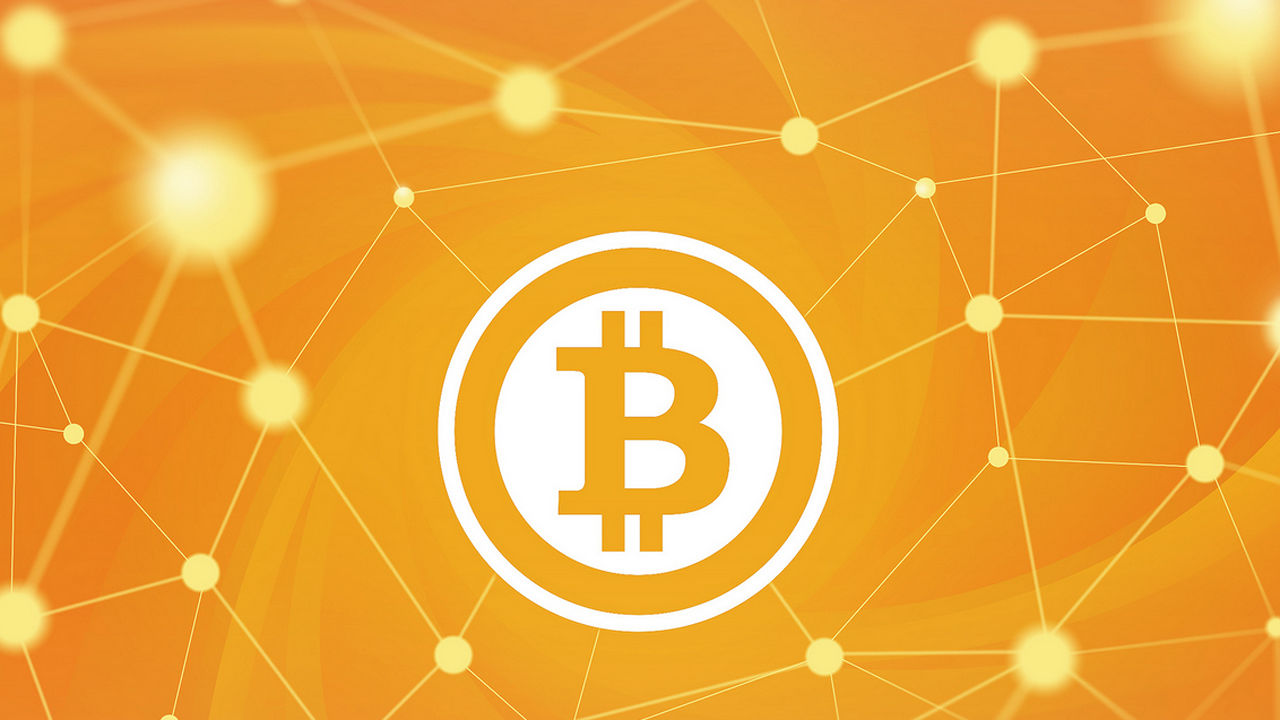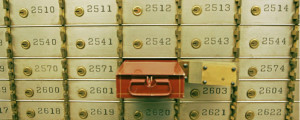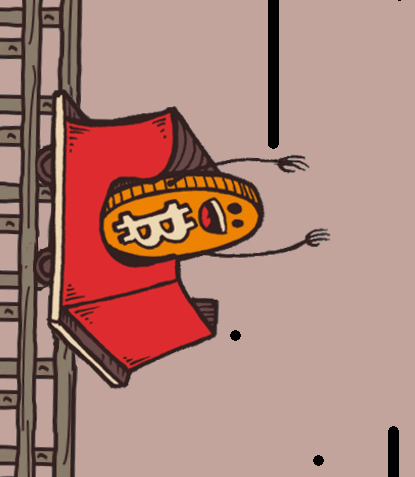
 Have you ever wondered… How can I make sure that my Bitcoins are safe, even in the event of my death but not giving access to anyone to them BEFORE that happens. Currently, there is not a great way to do this. Here are a few ways to manage this conundrum.
Have you ever wondered… How can I make sure that my Bitcoins are safe, even in the event of my death but not giving access to anyone to them BEFORE that happens. Currently, there is not a great way to do this. Here are a few ways to manage this conundrum.
- “LockTime”. Each transaction done on the blockchain has something called a “LockTime”. What is this you ask? A LockTime is a attribute placed onto each Bitcoin transaction. This attribute once set makes it so when a miner attempts to include that specific transaction on a block, everyone will reject the block until the specific LockTime has hit. The cool thing about this;
If you spend all the money in your wallet and forget about your LockTime transaction you have placed. Once that LockTime attribute fills, it will see that you no longer have funds available for that transaction and it kills it. There’s no way to create a LockTime transaction using the Bitcoin Core right now, but if you’re feeling “frisky” you can manually modify a transaction to modify the bytes that control LockTime.
- Safe Deposit Box: Safe deposit boxes are able to be accessed with a death certificate. How does this help you or how does this work? If you keep your Bitcoin’ on paper storage. You can put the certificates with they keys into a safe deposit box. Another option. Multisig. Multisig keys allow for multiple people to hold “pieces” of a key. If you split a key into 3 pieces and give 2 others a piece of the key. Store your key into the safe deposit box. When something happens. The two others must come together to join their keys with yours stored safely in your safe deposit box.

- A will. Another great way to ensure that no one will access things prior to your death. If you give everyone an encrypted private key (that you’d like to have some of your Bitcoin). create a password for each encryption key and put those passwords in your will. “Ravioli Ravioli, give me the formuoli” *hint hint*
- Google’s Inactive Account Manager. This will send an email after your account is inactive for a certain period of time. You can have it sent instructions to family or friends on how or where to recover certain things. Pair this with a password manager like LastPass, DashLane or OnePass. All you need to worry about is getting your family a master password when your gone. This is where Google’s Inactive acct manager kicks in to notify them of (a) my login ID (b) where to find a master password. You can write your master password in a physical location somewhere they can access. Perhaps written inside a closet in your parents house. Perhaps etched in the shed behind your brother’s house. Somewhere where no one would notice it, or even know what it is should they see it. It’s just a jumble of characters.

Hope this helps on how you can secure some of your things for when the day comes that you must meet your maker. Have a great week everyone!
As I finish writing this article, Bitcoin is sitting at a lovely $225.52.



